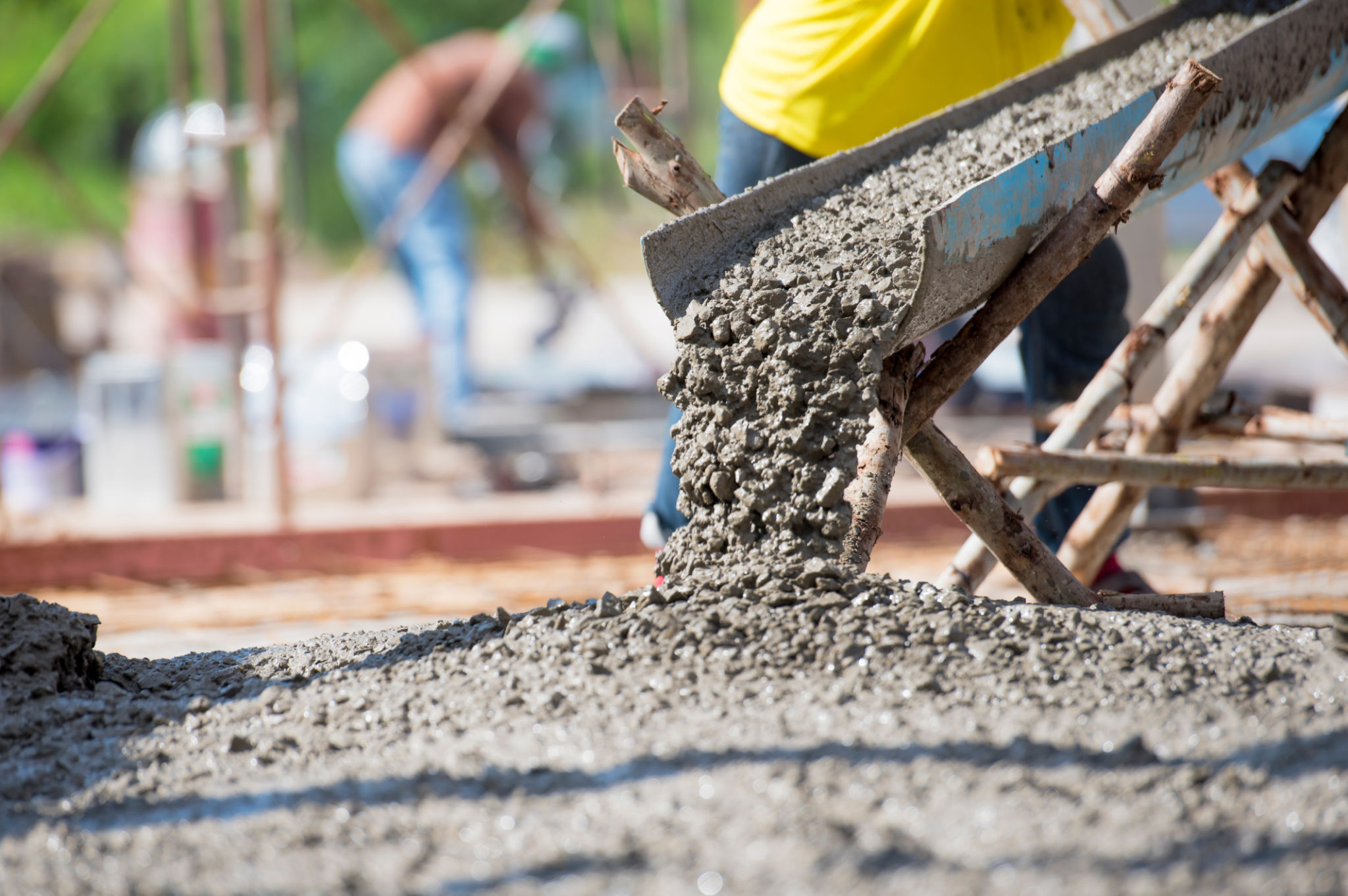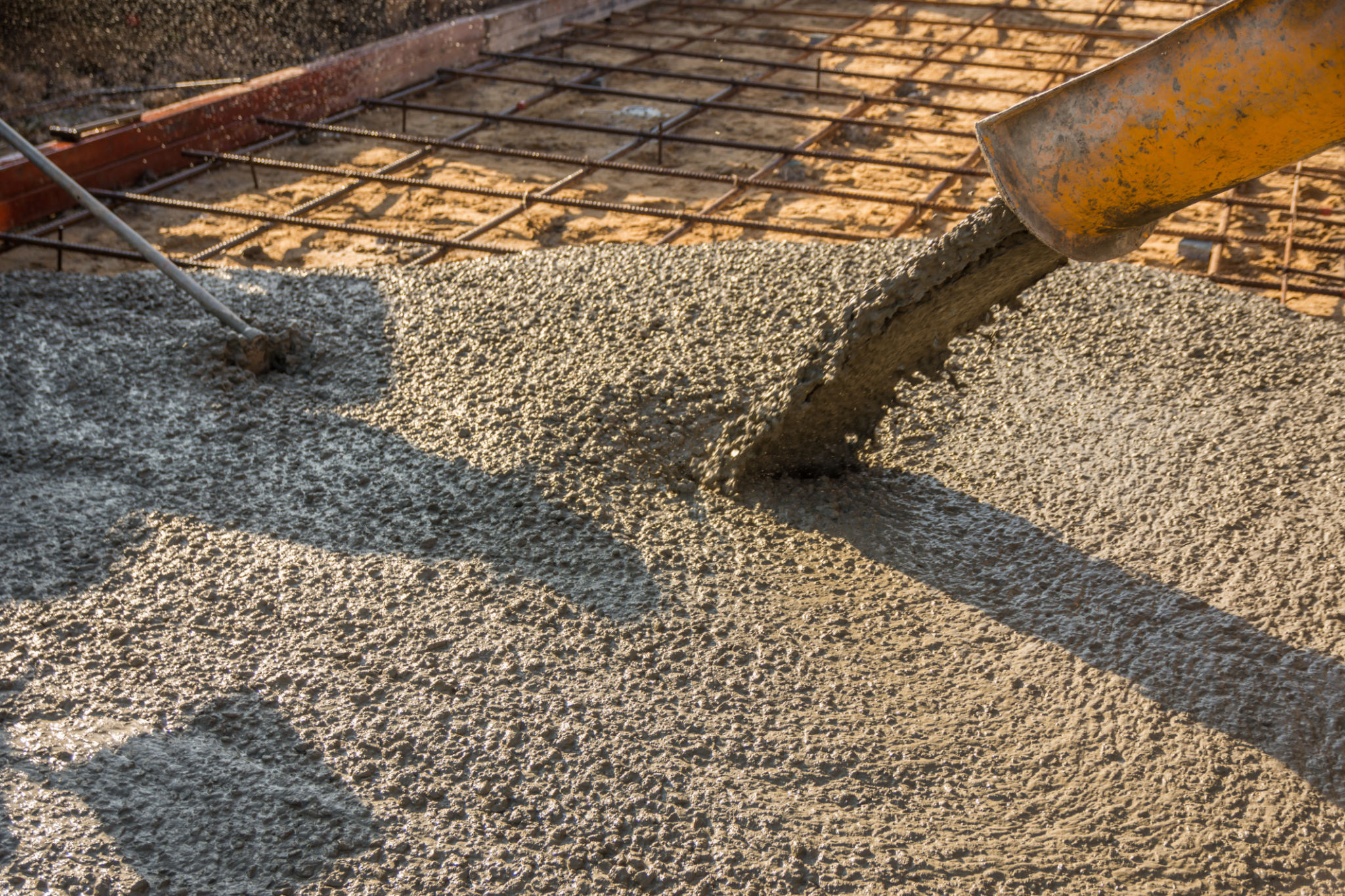Understanding Residential Concrete Placement: Essential Tips for Homeowners
MB
Understanding the Basics of Concrete Placement
When it comes to residential construction, concrete plays a crucial role in providing a strong foundation and structural stability. However, understanding the nuances of concrete placement can be challenging for homeowners. Whether you're planning a driveway, patio, or home foundation, knowing the essentials can ensure a successful project.
Concrete is a versatile material composed of cement, water, and aggregates such as sand or gravel. The mixture's proportion is vital for achieving the desired strength and durability. Proper mixing and placement techniques are essential to avoid common issues like cracking or uneven surfaces.

Preparing the Site for Concrete
Before any concrete is poured, site preparation is crucial. Start by clearing the area of debris, vegetation, and topsoil. It's important to ensure that the subgrade is compact and level. This step prevents future settling that can lead to structural issues.
Next, install formwork around the designated area. Formwork acts as a mold and helps contain the concrete until it sets. Use wooden or metal boards for formwork and make sure they are securely staked into the ground to maintain their shape during the pour.

Choosing the Right Concrete Mix
Selecting the appropriate concrete mix depends on the project's specific needs. For residential applications, a standard mix with a compressive strength of 3,000 to 4,000 psi is often sufficient. However, for surfaces that will bear heavy loads, such as driveways or garage floors, a stronger mix may be required.
Consult with a professional to determine the best mix for your project. They can provide guidance on additives that enhance concrete performance, such as fibers for crack resistance or air-entrainment for freeze-thaw durability.
Concrete Pouring Techniques
The method of pouring concrete significantly impacts its final appearance and strength. Begin by pouring the concrete into one corner of the formwork and then spread it evenly using a shovel or rake. Work quickly to prevent premature setting.
During the pour, use a vibratory screed or tamping tool to eliminate air pockets and ensure a dense, compact surface. Pay attention to weather conditions; extreme temperatures can affect curing times and result in surface imperfections.

Curing and Finishing Concrete
Curing is a crucial step that allows concrete to reach its full strength potential. It involves keeping the surface moist for at least seven days after pouring. This can be achieved by covering the area with wet burlap or plastic sheeting.
Once cured, finishing techniques such as brooming or stamping can be applied to enhance texture and appearance. Choose a finish that complements your home's aesthetic while providing slip resistance and durability.
Maintaining Your Concrete Surfaces
Proper maintenance extends the life of your concrete surfaces. Regularly inspect for cracks or signs of wear, especially after harsh weather conditions. Sealants can be applied to protect against moisture penetration and staining.
In areas prone to freeze-thaw cycles, avoid using de-icing chemicals that can damage concrete over time. Instead, opt for sand or kitty litter to improve traction on icy surfaces.

By understanding these essential tips for residential concrete placement, homeowners can ensure their projects are built to last. With careful planning and attention to detail, concrete surfaces can remain functional and attractive for many years.
